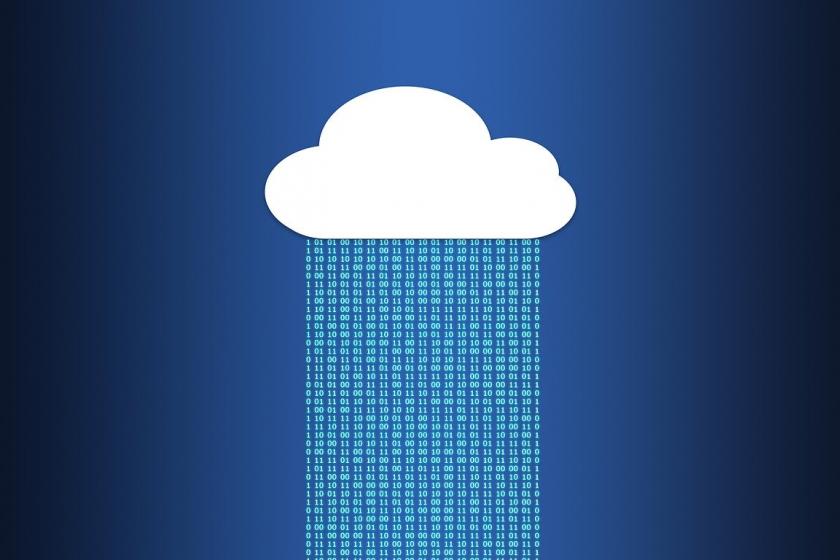More and more companies are moving to distributed clouds. This is a fundamentally new approach to cloud computing. Analysts at Gartner have named the move to distributed clouds as one of the top ten technology trends of 2021. Let's see why distributed clouds are beneficial for business and what advantages they have.
What is a distributed cloud?
A distributed cloud is a type of cloud service that allows you to use centralized resources but, if necessary, start computing processes on local equipment. Cloud service providers can manage equipment in centralized and regional data centers. This is not enough for a distributed cloud. It is necessary to introduce so-called substations with strategically advantageous locations. In the case of edge computing, there is a binding to the physical location of resources.
An example of a distributed cloud is a content delivery network (CDN), which is a geographically dispersed network infrastructure. It is designed for the optimized and fast delivery of content (most often video or audio) to users in different locations, significantly reducing download speed. But distributed clouds are not only beneficial for creators and providers of media content. They can be applied in other areas of business, from shipping to sales.
A distributed cloud can be used even with reference to specific geographical areas. For example, a file transfer service provider can use centralized cloud resources to format video and store content in multiple formats on geographically dispersed CDNs. In anticipation of increased demand for services in specific locations, it can place data in local storage in some residential regions or even in 5G stations in densely populated areas to ensure fast video downloads on mobile devices. Nowadays these devices are being used more and more, you can check for mobile internet stats if you want to learn more about it.
How is a distributed cloud different from a hybrid?
And now distributed clouds enter the arena. While this is only a trend, not a commonplace, many confuse it with a hybrid. But there is a fundamental difference between the two: both hybrid and distributed clouds can enhance business opportunities. But in the case of hybrid infrastructure, it is mostly about expanding the environment for computing. Distributed clouds enable edge computing and also expand the environment, but geographically.
What is the advantage of a distributed cloud?
Distributed cloud with associated edge computing is a natural trend. Business requirements have changed, and even hybrid cloud infrastructure no longer suits companies, especially when it comes to large corporations. This is primarily because distributed cloud services help avoid the gap between private and public clouds, which often happens when using the hybrid infrastructure. But a distributed cloud has other benefits as well:
- Reduced latency and improved performance. The closer the cloud resources are to a specific location, the faster the end-user will receive computing processes (content delivery, data analysis, etc.).
- Expanding business presence. By introducing a distributed cloud into a company's work, you can increase the number and availability of computing zones.
- Reduced costs. Even though a hybrid cloud requires a shared infrastructure, management is resource-intensive. The enterprise needs to control both environments, and this requires hiring more specialized employees and, accordingly, spending more money. A distributed cloud can significantly reduce the financial burden.
- Reduced risk of network failure. Unlike a centralized cloud, distributing to different locations will help avoid large and lengthy problems.
- Compliance with legal regulations. Different countries have different laws, and these businesses may not comply with local regulations. Edge Computing helps companies comply with country-specific laws. This is especially important in cases where specific data cannot be taken out of the state.
- If you have to control and administer the private cloud yourself, the service provider will directly monitor the distributed cloud. This leads to a decrease in the cost of equipment administration and enables the business in the event of technical failures to concentrate on its tasks and not solve the problem with the help of its specialists.
What is the future of distributed cloud?
The transition to a distributed cloud is becoming one of the most important trends. But in the future, the technology will be actively developed, as analysts say. At least for now, cloud providers are busy installing and equipping substations that they will use for edge computing. According to experts' forecasts, by 2025, cloud services will dominate among other information and communication technologies, and at the same time, the popularity of distributed clouds will grow proportionally.
Final word
Business has been moving to cloud services for a long time, and in 2021, clouds have become especially relevant. Specifically, businesses have begun, en masse, to order services from large suppliers. As a result, the profits of Google and other companies that provide cloud services have increased several times. This is just the beginning. The demand for clouds will only grow.









